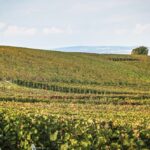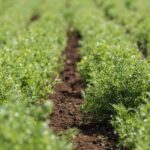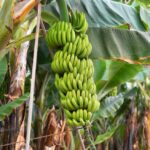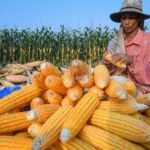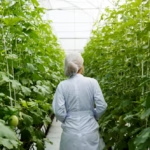Mango cultivation is an essential aspect of South Africa’s agricultural industry, contributing significantly to both domestic consumption and export markets. With its favorable climate and fertile soils, South Africa has the potential to produce high-quality mangoes that meet international standards. However, achieving consistent quality and yield requires careful attention to cultivation techniques, post-harvest practices, and innovative approaches to orchard management. In this article, we’ll explore various techniques for enhancing the quality and yield of mangoes in South Africa, ensuring a thriving mango industry for years to come.
1. Cultivar Selection:
Choosing the right mango cultivar is crucial for maximizing both quality and yield. South Africa is home to a diverse range of mango varieties, each with its unique flavor profile, ripening characteristics, and disease resistance. By selecting cultivars that are well-suited to local growing conditions and market preferences, growers can optimize yield and produce mangoes of exceptional quality.
2. Proper Site Selection:
Site selection plays a significant role in determining the success of mango cultivation. Mango trees thrive in warm, subtropical climates with well-drained soils and good air circulation. Growers should choose sites with adequate sunlight exposure, minimal frost risk, and sufficient water availability to ensure optimal growth and fruit development.
3. Irrigation Management:
Proper irrigation is essential for promoting healthy growth, flowering, and fruit set in mango trees. In South Africa, where water resources may be limited, efficient irrigation systems such as drip irrigation or micro-sprinklers can help conserve water while delivering moisture directly to the root zone. Timely irrigation scheduling based on soil moisture levels and weather conditions is crucial for preventing water stress and optimizing yield.
4. Pruning and Training:
Regular pruning and training are essential for maintaining tree health, shape, and productivity in mango orchards. Pruning helps remove dead or diseased branches, improve air circulation, and promote light penetration into the canopy, resulting in better fruit quality and yield. Proper training techniques, such as espalier or open-center systems, can also help optimize sunlight exposure and fruit production.
5. Fertilization and Soil Management:
Appropriate fertilization and soil management practices are essential for providing mango trees with the nutrients they need for healthy growth and fruit development. Soil testing can help determine nutrient deficiencies and guide fertilizer application rates and timing. Organic mulches and cover crops can also help improve soil structure, moisture retention, and nutrient cycling in mango orchards.
6. Pest and Disease Management:
Effective pest and disease management are critical for protecting mango orchards from damage and ensuring high-quality fruit production. Integrated pest management (IPM) strategies, including cultural practices, biological controls, and selective pesticide applications, can help minimize pest and disease pressure while reducing reliance on chemical inputs.
7. Harvesting and Post-Harvest Handling:
Harvesting mangoes at the optimal stage of ripeness is essential for preserving fruit quality and flavor. Mangoes should be harvested when they reach the desired maturity level based on color, firmness, and soluble solids content. Gentle handling during harvest and post-harvest handling, including washing, sorting, and packing, can help minimize bruising and damage, ensuring that mangoes reach consumers in peak condition.
8. Market Access and Export Opportunities:
Access to domestic and international markets is essential for maximizing the value of South Africa’s mango industry. Growers should seek opportunities to comply with quality and food safety standards required for export markets, such as GlobalGAP certification. Developing strategic partnerships with buyers and exporters can also help expand market access and increase profitability for mango producers.
Enhancing the quality and yield of mangoes in South Africa requires a multifaceted approach that integrates best practices in cultivation, irrigation, pest management, and post-harvest handling. By adopting innovative techniques and staying informed about market trends and consumer preferences, South African mango growers can position themselves for success in both domestic and international markets. With careful attention to detail and a commitment to excellence, the future of South Africa’s mango industry looks bright, promising continued growth and prosperity for growers and consumers alike.



